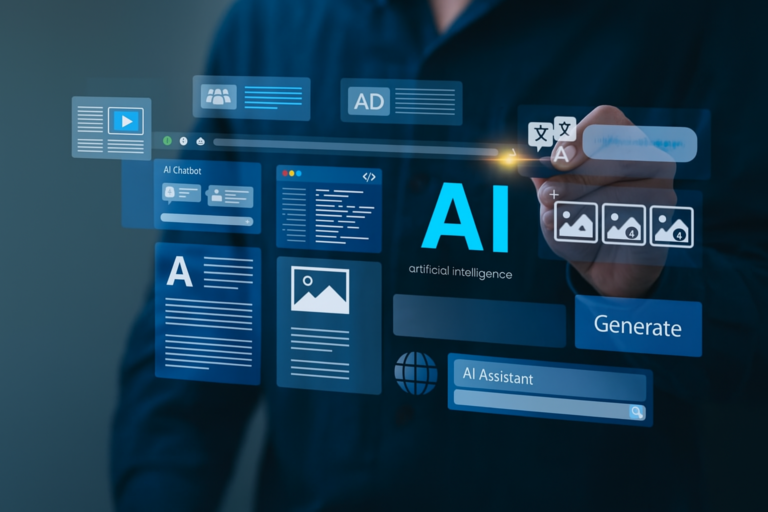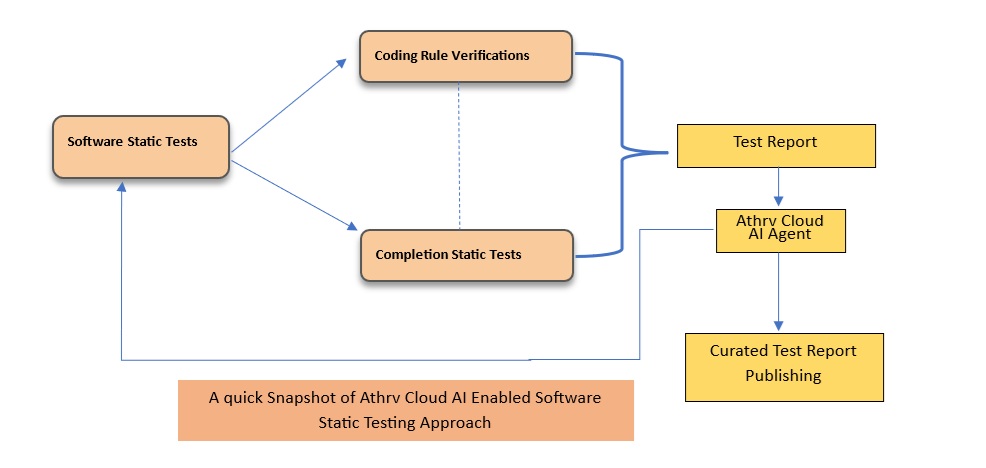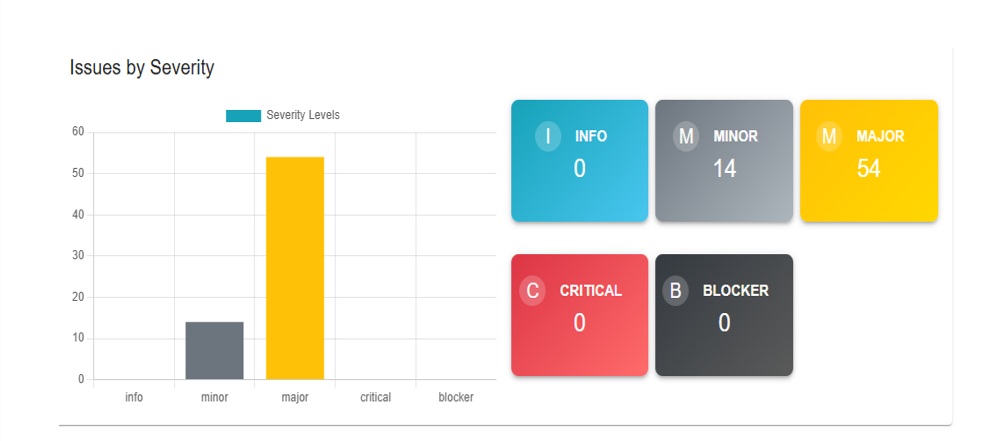Static Testing

Static Software Testing/Static Analysis/ Static Code Analysis:
During the Software Development Life Cycle Static Software Testing is one of the most Important steps. A thorough static Software Testing will eliminate more than 30% of the software defects.
The static Testing is performed on the code without executing the code. There are various methods in executing the static Testing and executing the static Testing has various benefits:
Benefits of Executing Static Software Testing:
- Early Detection of Software Defects: Static software testing helps to detect software defects in the software construction stage and at this stage it’s easy to Fix the defects.
- Improved code quality: Static software testing helps to make sure that code is developed in a structured manner, and future maintainable and complies to the industry specific coding standards. This will help in improving code quality and reduces the software defects.
- Reduce Cost and Time: Early detection of software defects will reduce the cost and time to fix. This brings a good efficiency and velocity to the software development life cycle.
- Prevents common mistakes: Static software testing helps prevent common mistakes such as syntax Violations/ errors, unused /undefined code, Infinite Loops, Security vulnerabilities, missing special characters. By addressing such issues during code construction stage will boost your code efficiency and performance.
Approach for Doing Static software testing:
Static Software Testing can be performed in many different ways.
- Check List based manual verification and rectification
- Use of 3rd Party Tools for Static Software Testing and manually fix the errors or violations reported by the 3rd Party Tools
Both the cases have to be executed iteratively to achieve 100% compliances, whereas both the process involves significant amount of effort and skilled manpower to analyse the warnings.
Also, in some of the 3rd Party Tools produces significant amount of False Positive and False Negative errors, which takes significant amount of time to analyse the warnings and fixing it.
As per the Industry reports, to analyse 1 MN Lines of C or C++ code may take up to 4 to 5 weeks to analyse and fix all the warnings.
Recommendation’s:
As the complexities of the software and size of the code is increasing continuously, it’s recommended to adopt Agile development methodology with CI/CD Implementations.
The Static software analysis can be implemented in your CI/CD pipeline and the Static Analysis can be Auto triggered every day in a predefined time. This practice can be adopted from the start of the Code construction stage.
The MISRA – C/C++ coding guidelines is most widely followed coding standard, so it’s recommended to follow the MISRA – C/C++ coding guide lines for Static software analysis.
If you are working with any of the Embedded product or safety critical product then software static testing as per MISRA – C/C++ coding guide lines becomes mandatory.
In certain cases the customisation can be done in MISRA – C/C++ coding lines and it can be analysed as per the customised report.
Athrv Cloud solution for AI Enabled Software Static Testing:
- Athrv Cloud is Offering a Cloud based CI/CD platform integrated with Static Software Analysis approach. The user has the Flexibility to Choose any of the Static Analysis Tools they want to use to scan their code.
- This a highly flexible platform where user don’t have to worry about the Tools they want to use to scan their Code. The scan report of the code can be downloaded or viewed in our platform, and it can be done in couple of minutes.
- Athrv Clouds AI agents can help the user to Analyse the False positive cases and will propose most appropriate Fixing solutions. The code Fixing can be done in Athrv Cloud Platform and the code analysis can be done in an Iterative manner so that you achieve the desired results.
- The user has the flexibility to interact with our trained to Team to provide experts review support or technical support


